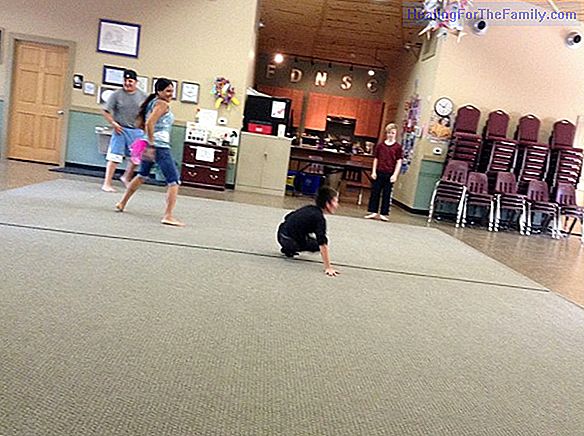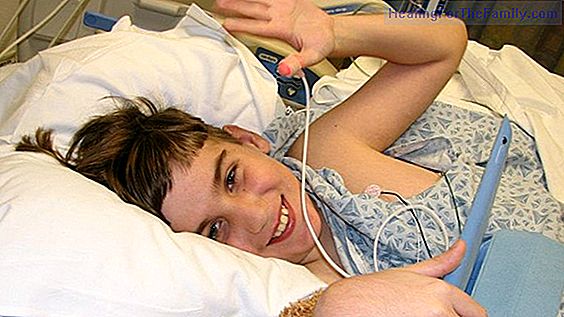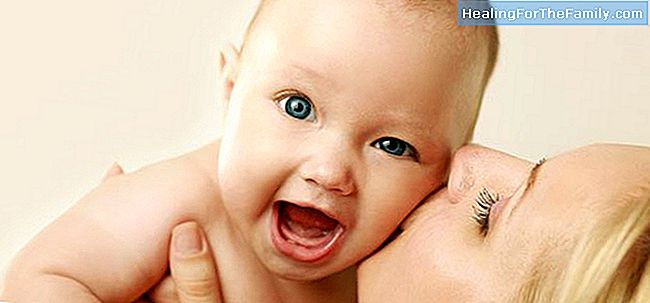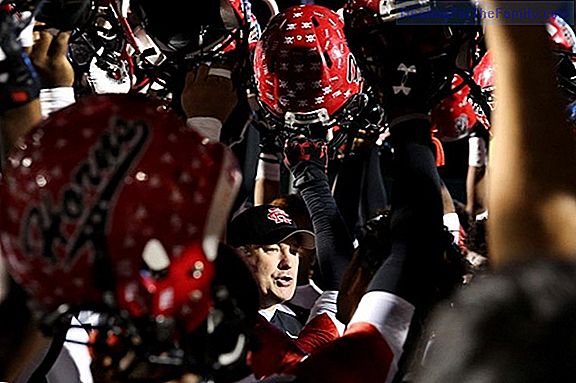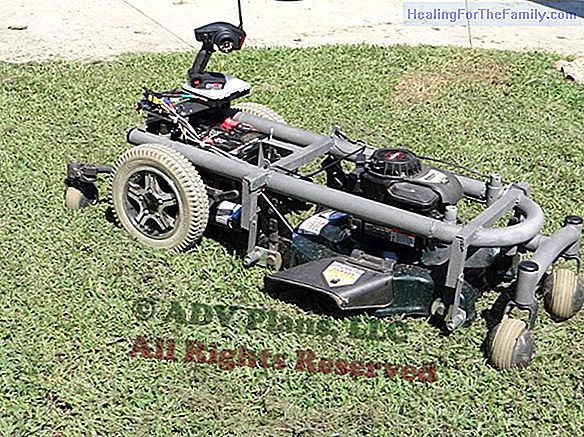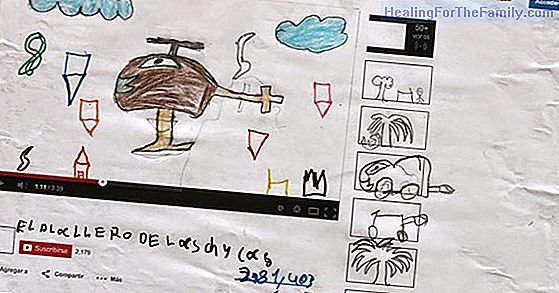Brain injuries in childhood
Even before we are born we are exposed to some types of diseases or disabilities. Among the most frequent are brain injuries, whose type is very diverse, that is, its origin is due to different causes. Brain injuries in childhood can be classified as congenital and acquired. The first appear already
Even before we are born we are exposed to some types of diseases or disabilities. Among the most frequent are brain injuries, whose type is very diverse, that is, its origin is due to different causes.
Brain injuries in childhood can be classified as congenital and acquired. The first appear already from the same pregnancy and the second are the result of some complication in childbirth or even some serious illness or accident during childhood.Congenital brain injuries in babies
Some brain injuries occur before birth or during pregnancy:
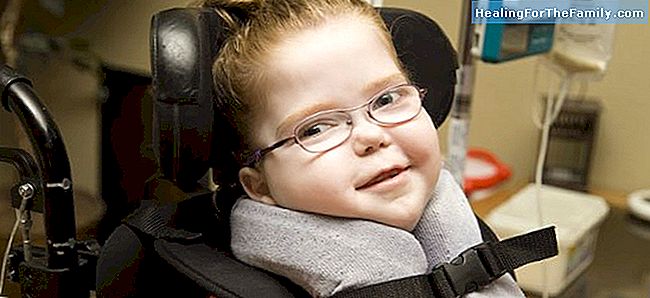
- Hydrocephalus: increased cerebrospinal fluid inside the brain
- Anencephaly: the child is born without a brain
- Microcephaly: encephalon with few cells.
- Macrocephaly: large encephalon.
Other lesions are porencephaly, coprocephaly, agiria, lissencephaly, pachygyria, agenesis of the corpus callosum or micropoligiria.
Brain injuries acquired in childhood
They are alterations that
the baby acquires at the time of delivery or even during childhood as a result of some serious illness or accident: - Vascular pathology: hemorrhages.
- Traumatic brain injuries.
- Specific childhood tumors
- Infections: such as meningitis.
- Anoxies: occur at the time of delivery and consist of asphyxia (lack of oxygen), which can produce several neurological symptoms.
Cerebral palsy in childhood
Cerebral palsy is one of the most frequent brain injuries. It is a disorder of posture and movement, due to a non-degenerative lesion of the brain that occurs before its growth and development is completed.
Cerebral palsy is usually accompanied by other problems , although not necessarily caused by it such as: epilepsy, auditory and visual disturbances, deformities and, only occasionally, mental deficiency.The causes can be:
-
Prenatal: all the causes that interfere with the placental circulation, infectious diseases of the mother (measles), metabolic diseases of the mother (diabetes) and incompatibilities of the RH factor.-
Perinatals: anoxia, asphyxia, trauma during childbirth (forceps), pressure changes (cesarean sections), prematurity, vitamin K deficiency.-
Postnatal: trauma (fractures and cranial wounds), infections (meningitis and encephalitis), vascular disorders (hemorrhage, thrombosis and embolism), anoxia, carbon dioxide intoxication.There is no cure but it does improve and the treatment must be global. This is why early stimulation and later multisensory rehabilitation as well as animal therapies are of vital importance. Play and social inclusion complement these treatments in children with brain injuries.

